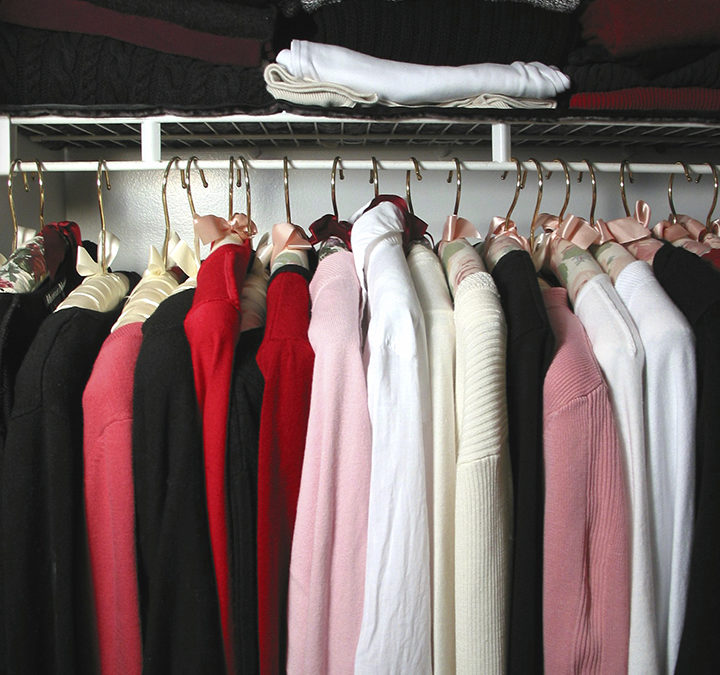Clothes moths feed primarily on materials of animal origin, such as wool, feathers, and pet hair. They can damage wool clothing, other fabrics, taxidermy mounts, upholstered furniture, and even piano felts. They can also destroy areas in your wool carpets and rugs, tapestries, decorative needlework, furs or items with feathers. Clothes moths are frustrating pests to deal with, and it’s important to know how to deal with them if the need arises.
Identifying Clothes Moths
There are two main types of moths that damage fabrics: webbing clothes moth and the casemaking clothes moth. Webbing clothes moths are the ones more commonly found in Maryland. Both types are about a ¼ inch long while at rest and have a wingspan of about ½ inch. The webbing clothes moth is gold, with reddish brown hairs on the edges of its wings, while the casemaking clothes moth has a brownish tone and spots.
About Clothes Moths
Clothes moths thrive best in dark areas and tend to avoid light. The female moths lay about 50 eggs in a 21-day period before dying. The larva stage can last from 55 days and up to 2.5 years. Once they hatch, they will eat holes in fabrics and other materials. The adult moths themselves cause no damage.
Clothes moths can enter your home through tiny cracks and crevices in the building. Inspecting wool clothes and other at risk materials on a quarterly basis helps you spot a small infestation quickly and enables to get rid of the moths and larva before it becomes a big problem. Since clothes moths typically stay in the area of infestation, you rarely will see them in other areas of your home. When flying, they tend to flutter to and fro rather than in a direct pattern.
What Should You Do if You See These Pests?
If you spot holes in fabrics or find silken patches or tubes, take immediate action to get rid of these pests. Wash and dry all the clothes in the area or have them dry-cleaned before returning them to the closet. Vacuum up all lint and pet hair. Some items, such as stuffed animals or decorative needlework, are difficult to clean. To take care of them, you can freeze them in sealed polyethylene bags for about 72 hours. Inspect the crevices of your upholstered furniture and under the edges of rugs and carpets for activity. If you can’t locate the source or have a large infestation that would be difficult to take care of on your own, hire a pest management company.


